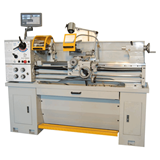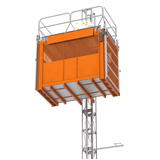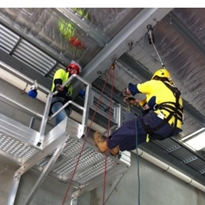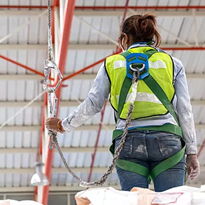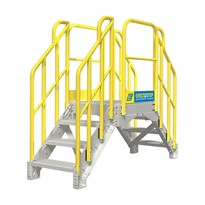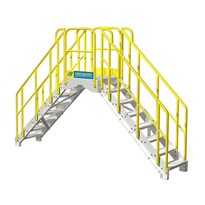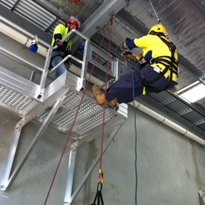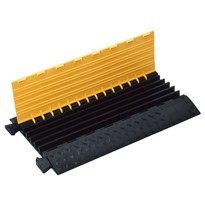Safe navigation through various heights and spaces is crucial in the dynamic world of industrial operations and construction. One innovative solution that has revolutionized safety and efficiency in such environments is crossover work platforms. These versatile structures provide secure and convenient passage over obstacles and machinery, significantly minimizing workplace accidents and increasing operational throughput. This blog aims to delve deeper into the multifaceted world of platforms, exploring their benefits, applications, and transformative impact on workplace safety. By understanding these platforms’ critical role, industries can make informed decisions to enhance their safety protocols and operational efficiency.
Understanding Crossover Platforms
Definition and Design
Crossover platforms are elevated passageways designed to enable workers to safely cross over pipelines, conveyors, assembly lines, or any industrial obstructions. These structures stand out for their robust design, integrating features like guardrails, non-slip surfaces, and sturdy construction to ensure maximum safety. The adaptability of these platforms is evident in their ability to be customized to fit a variety of industrial settings, making them a versatile and indispensable tool in any safety-conscious workspace. Their design is not just about functionality but also about ensuring that they blend seamlessly into the existing infrastructure, thereby maintaining the workflow while elevating safety standards.
Safety and Compliance
In any industrial or construction environment, safety takes precedence over everything else. Crossover work platforms are engineered to adhere to the most rigorous safety standards, providing workers with a secure and reliable path. They are designed to comply with Australian standards, which set stringent fall protection criteria, load capacity, and accessibility. This compliance is not just a regulatory requirement but a commitment to the safety and well-being of the workforce. It ensures that every crossover platform installed is a bastion of safety, designed to withstand the challenges of a harsh industrial environment while providing a safe passage.
Applications in Different Industries
The platforms are not just tools for safety; they are integral components in enhancing operational efficiency across many industries. In manufacturing plants, their role in providing safe access over conveyor belts and assembly lines is irreplaceable. These platforms make navigating pipelines and storage tanks safely possible in the energy sector. The aviation industry relies on them for crucial maintenance and access tasks. Beyond these, crossover platforms find use in sectors like logistics, where they facilitate the safe movement of goods, and in large-scale retail environments, where they aid in stocking and inventory management. Their wide-ranging utility across these diverse sectors underscores their versatility and essential role in modern industrial operations.
Customisation and Adaptability
The adaptability of these platforms lies at the heart of their effectiveness. Their customisation ability — adjusting height length or incorporating additional features like stairs or ramps — is crucial for meeting diverse industrial needs. This level of customisation ensures that crossover platforms can be seamlessly integrated into any workspace, accommodating unique challenges such as space constraints or specific workflow requirements. Furthermore, the adaptability extends to material choices, where platforms can be made lighter or more corrosion-resistant, depending on the environmental conditions. This flexibility in design and construction makes these platforms a universally applicable solution in varied industrial settings.
Benefits of Using Crossover Platforms
Enhanced Safety
The foremost benefit of platforms is their significant enhancement in workplace safety. By providing stable and secure passage over many obstacles, these platforms effectively mitigate risks associated with falls and workplace accidents. They also contribute to a safer working environment by reducing the need for temporary, less stable solutions like ladders or makeshift walkways. In doing so, these platforms protect the workforce and foster a culture of safety within the organisation, which is invaluable in maintaining high morale and productivity.
Improved Efficiency and Workflow
Crossover platforms do more than just enhance safety; they revolutionise workplace efficiency. They eliminate bottlenecks in moving personnel and materials by offering quick and easy access to different facility areas. This streamlined access is particularly beneficial in large facilities where time saved in transit directly translates to increased productivity. The ergonomic design of these platforms also reduces worker fatigue, further contributing to an efficient and effective work environment.
Durability and Longevity
Crossover platforms are robust and durable and constructed from high-quality materials like aluminium and steel. This resilience ensures they can endure the rigors of industrial use over prolonged periods, making them a sound investment in workplace infrastructure. Their design often includes features that resist environmental degradation, such as corrosion-resistant coatings, ensuring their longevity even in harsh industrial environments. This long-term durability is a key factor in their widespread adoption, as it provides industries with a reliable, long-lasting solution for safe and efficient vertical and horizontal mobility.
Considerations for Choosing the Right Crossover Platform
Assessing Workplace Needs
When selecting a crossover platform, thoroughly assessing your workplace needs is crucial. This involves considering the height and width of obstacles, the frequency of use, and the specific environment in which the platform will be used. Additionally, it’s important to evaluate the load capacity required, the type of traffic (personnel, equipment, etc.) that will be using the platform, and any potential future changes in the workspace that could affect its use. Understanding these factors will help ensure that the chosen platform meets current needs and is a viable long-term solution for the workspace.
Quality and Compliance
The selection of a high-quality, compliant crossover platform is imperative for ensuring workplace safety. In addition to compliance with safety standards, it’s important to consider the platform’s construction materials and design features. Durability, resistance to environmental factors, and load-bearing capacity are key aspects determining the platform’s longevity and reliability. Furthermore, platforms with additional safety elements, such as enhanced grip surfaces or weather-resistant coatings, offer added value and ensure a safer working environment.
Customisation Options
Consider providers that offer customisation options. This ensures that the crossover platform will fit perfectly in your workspace, addressing specific challenges and requirements.
Conclusion
Crossover platforms are essential for safely navigating heights and obstacles in various industrial environments. Their versatility, safety features, and customisation options make them invaluable in ensuring worker safety and enhancing operational efficiency. For businesses looking to invest in high-quality crossover platforms, Star Aluminium offers a range of solutions tailored to meet your specific workplace needs. With a focus on safety and reliability, Star Aluminium can help transform your workspace into a safer, more efficient environment.


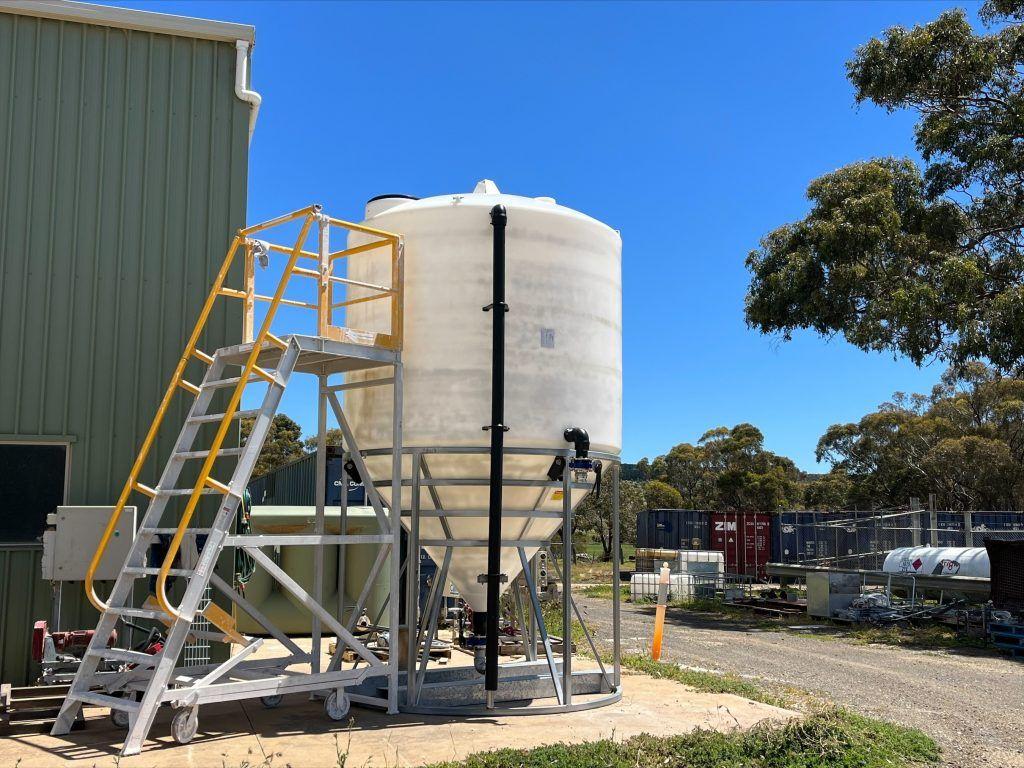
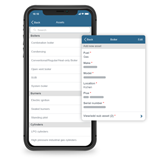

-160x160-state_article-rel-cat.png)

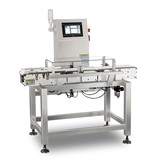




-160x160-state_article-rel-cat.png)
-160x160-state_article-rel-cat.png)





